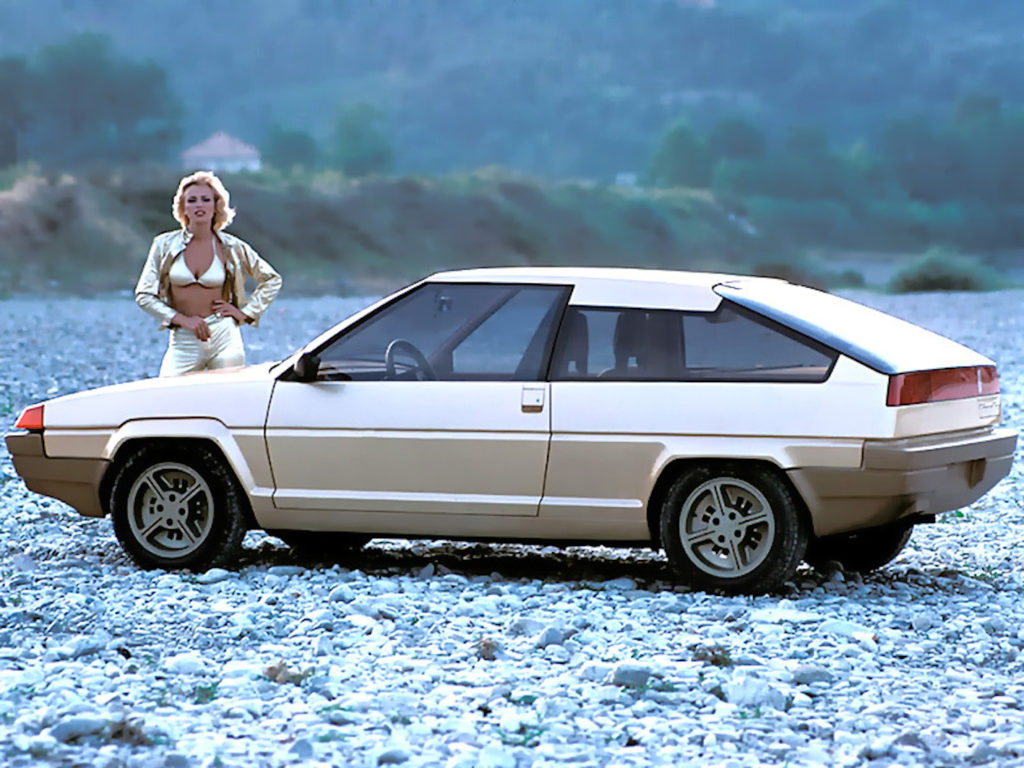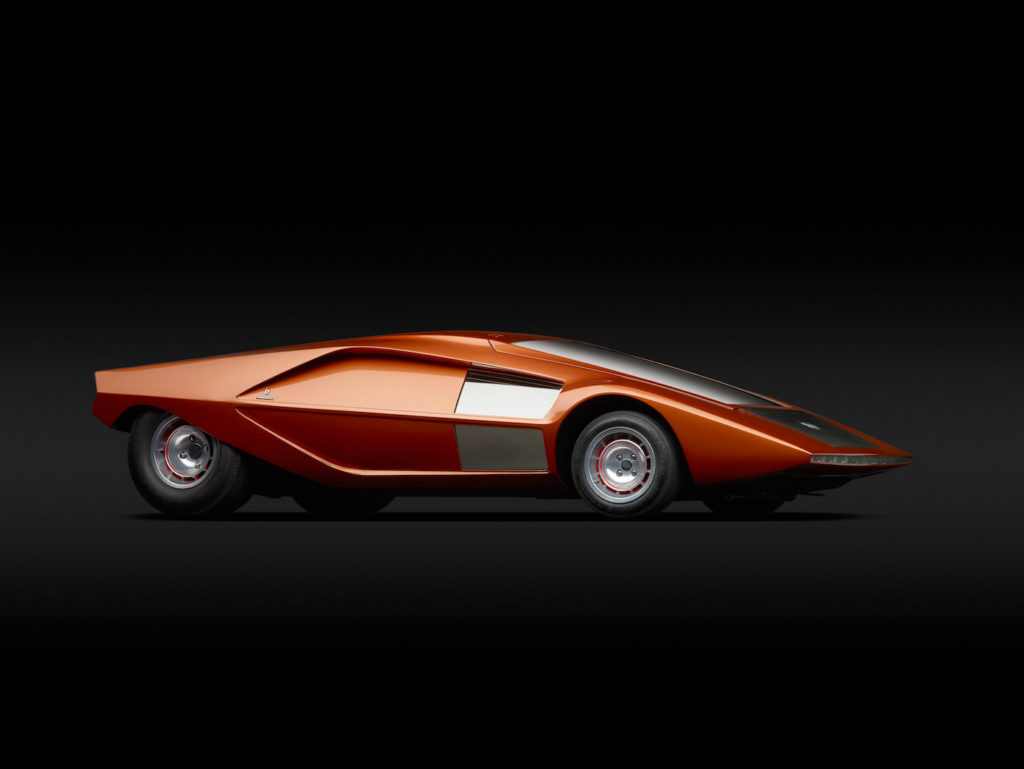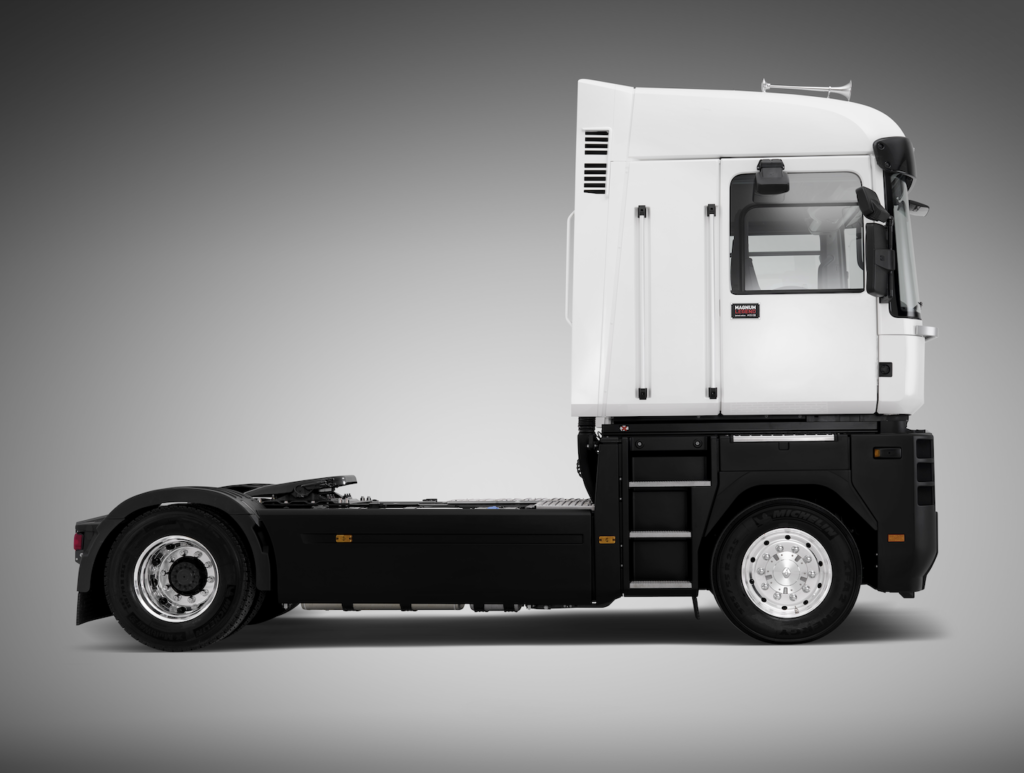

FRANÇAIS – English text at the bottom of the post
Marcello Gandini est mort. Ce faux frère jumeau de Giorgetto Giugiaro, né comme lui en août 1938 – mais au caractère opposé -, s’est rarement exprimé sur ses créations. Ou plutôt celles des marques pour lesquelles il a collaboré.

Pourtant, lorsque Lamborghini avait osé redessiner « sa » Countach, il n’hésita pas à prendre la plume : « j’ai construit mon identité en tant que designer, en particulier en travaillant sur des supercars pour Lamborghini. Chaque nouveau modèle sur lequel je travaillais était une innovation, une rupture, quelque chose de complètement différent du modèle précédent. Le courage, la capacité de créer une rupture sans s’attacher au succès de la voiture précédente, la confiance de ne pas vouloir céder à l’habitude étaient l’essence même de mon travail. Il est clair que les marchés et le marketing lui-même ont beaucoup changé depuis, mais je pense que répéter un modèle du passé, représente à mes yeux la négation des principes fondateurs de mon ADN. »

Marcello Gandini qui a pris la succession de Giugiaro à la tête de la carrozzeria Bertone en décembre 1965, signe son premier coup de maître avec le projet P400 de la Miura. Giugiaro laissera entendre que quelques dessins de lui étaient restés chez Bertone concernant ce projet… Puis suivront, entre autres, les Marzal en 1967, Carabo en 1968, Stratos Zero en 1970, Countach en 1971, Trapeze en 1973, Bravo en 1974, Navajo en 1976, Ascot en 1977, Sibilo en 1978. Dans la foulée, il œuvre pour des produits moins charismatiques pour les constructeurs qui consultent Bertone.

C’est le cas notamment de Citroën et de Volvo. Pour ce dernier, il dessine le concept, Tundra en 1979 qui révèle le thème de style de la future BX de 1982. On s’étrangle chez le constructeur français, mais la collaboration perdurera avec Gandini puis Deschamps. Pour Renault, il va tomber dans un cercle vertueux avec de nombreuses collaborations et une amitié naissante avec Robert Opron. Elle va le conduire à quitter Bertone pour devenir indépendant. Et aussi, consultant privilégié de ce qui est alors la Régie Nationale des Usines Renault. Il travaille sur de multiples projets de camions (le Magnum AE-500), de véhicules utilitaires (le Master) mais aussi de concepts révolutionnaires comme la Piccola, une petite citadine qui s’assemble sans avoir besoin d’usine !

C’est lui qui sortira Renault du piège de renouvellement de la R5 avec la Supercinq de 1984. Étrangement, comme avec Giugiaro, la marque Ferrari n’a pas raisonnée de la flamboyance du style Gandini. Seule la Dino 308 GT4 dessinée chez Bertone aura droit à sa griffe. Une griffe qui vient de se rétracter mais qui laissera ses traces profondes dans l’Histoire du style et design automobile. LIGNES/auto présente ses sincères condoléances à la famille Gandini.

A LIRE SUR CE SUJET : https://lignesauto.fr/?p=26915
A LIRE SUR CE SUJET : https://lignesauto.fr/?p=23388
A LIRE SUR CE SUJET : https://lignesauto.fr/?p=10106
A LIRE SUR CE SUJET: https://lignesauto.fr/?p=10072
A LIRE SUR CE SUJET : https://lignesauto.fr/?p=10099
ENGLISH
Marcello Gandini is dead. The identical twin brother of Giorgetto Giugiaro, born like him in August 1938 – but with the opposite character – rarely spoke about his creations. Or rather those of the brands he worked for. However, when Lamborghini dared to redesign ‘its’ Countach, he didn’t hesitate to take up the pen: “I built my identity as a designer, in particular by working on supercars for Lamborghini. Every new model I worked on was an innovation, a breakthrough, something completely different from the previous model. Courage, the ability to create a break with no attachment to the success of the previous car, the confidence not to give in to habit were the very essence of my work. It’s clear that markets and marketing itself have changed a lot since then, but I think that repeating a model from the past represents, in my eyes, a negation of the founding principles of my DNA”. Marcello Gandini, who took over from Giugiaro as head of Carrozzeria Bertone in December 1965, scored his first master stroke with the P400 project for the Miura.

Giugiaro suggested that some of his drawings for this project had remained with Bertone… This was followed by the Marzal in 1967, the Carabo in 1968, the Stratos Zero in 1970, the Countach in 1971, the Trapeze in 1973, the Bravo in 1974, the Navajo in 1976, the Ascot in 1977 and the Sibilo in 1978. At the same time, he worked on less charismatic products for the manufacturers who consulted Bertone. These included Citroën and Volvo. For Volvo, he designed the Tundra concept in 1979, which revealed the styling theme of the future BX in 1982. The French manufacturer choked, but the collaboration continued with Gandini and then Deschamps. For Renault, he was to fall into a virtuous circle with numerous collaborations and a budding friendship with Robert Opron.

This led him to leave Bertone to become independent. He also became a privileged consultant to what was then the Régie Nationale des Usines Renault. He worked on numerous truck projects (the Magnum AE-500), commercial vehicles (the Master) and also revolutionary concepts such as the Piccola, a small city car that could be assembled without the need for a factory! It was he who got Renault out of the trap of renewing the R5 with the Supercinq in 1984. Strangely enough, as with Giugiaro, the Ferrari brand did not take advantage of the flamboyance of Gandini’s style. Only the Dino 308 GT4, designed by Bertone, was entitled to his signature. A signature that has now been retracted, but which will leave its mark on the history of automotive style and design. LIGNES/auto extends heartfelt condolences to the Gandini family.

READ MORE ON THIS SUBJECT: https://lignesauto.fr/?p=26967
READ MORE ON THIS SUBJECT: https://lignesauto.fr/?p=23423

